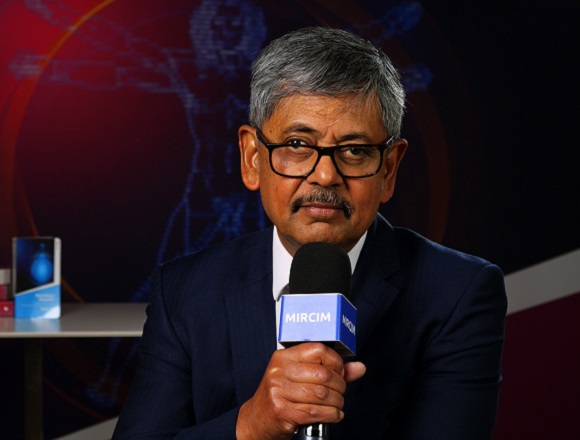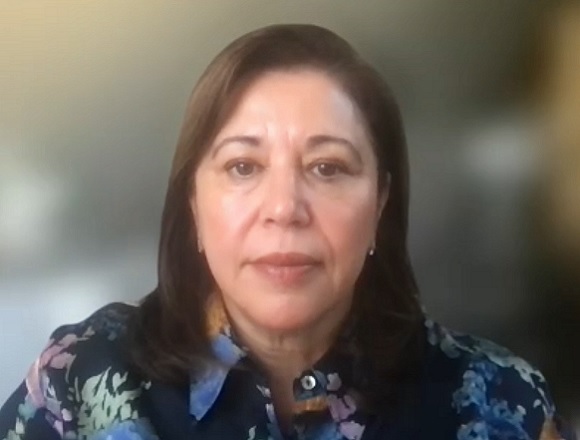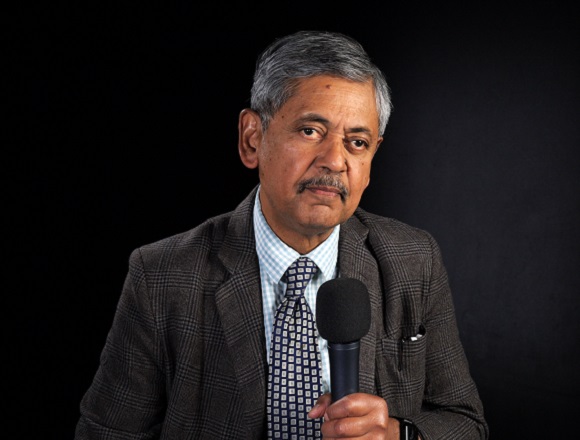Bhaskar Dasgupta, MD, is a professor of rheumatology at Southend University Hospital, UK, and honorary professor of Essex University, UK.
Is ultrasonography powerful enough to replace biopsy in the diagnosis of giant cell arteritis (GCA)?
I think ultrasonography should definitely replace temporal artery biopsies in GCA. I would put it the other way round actually: temporal artery biopsies are specific but they are positive only in a small percentage of GCA [cases] with temporal arteritis, and the sensitivity of temporal arteritis diagnosis with temporal artery biopsy is much, much lower than the sensitivity of diagnosis using ultrasonography.
In fact, temporal artery ultrasonography combined with axillary artery ultrasonography is much more comprehensive than temporal artery biopsy. Temporal artery biopsy only takes a little piece of one of the vessels, whereas with temporal artery and axillary artery ultrasonography, we can actually interrogate the entire vessels, the branches of the temporal artery, the entire axillary artery, etc. So, absolutely, temporal artery ultrasonography must replace temporal artery biopsy.
The problem is, of course, [with] having the skills to do it. It is therefore urgent to train all our rheumatological departments to actually do vascular scanning using temporal artery and axillary artery ultrasonography. Once that is done, we should not be using temporal artery biopsy as the first choice.
Having said all that, there are occasions where the temporal artery ultrasonography does not give us a definite yes/no answer. It doesn’t fully confirm or fully exclude GCA. We have what is called the post-test probability where GCA is uncertain despite having done the ultrasonography. For example, the ultrasound may be equivocal or there might be atherosclerosis, etc. In that situation I think a temporary biopsy would definitely be useful.
The summary to your question is [there is] a much smaller role of temporal artery biopsy in the diagnosis of GCA, but it is still essential in patients where there is diagnostic uncertainty after doing temporal artery ultrasonography. The European Alliance of Associations for Rheumatology (EULAR) large vessel vasculitis (LVV) imaging guidelines completely endorse this approach.
 English
English
 Español
Español
 українська
українська







